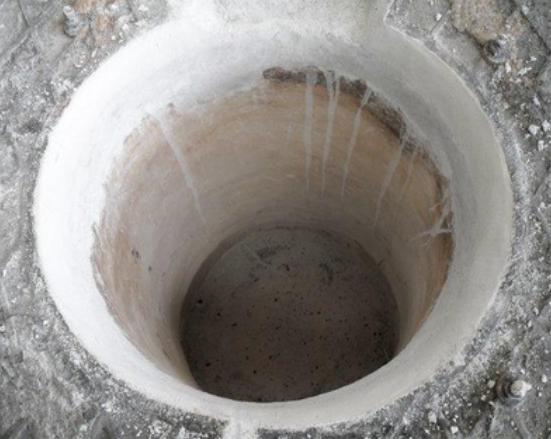- 31
- Oct
Methode voor het detecteren van de bekleding van een inductiesmeltoven
Methode voor het detecteren van de bekleding van een inductiesmeltoven

1. Erosie op de bodem van de oven
Bij normaal gebruik van de ovenbekleding zal de dikte van de ovenbekleding en de dikte van de bodem van de oven geleidelijk dunner worden door de cyclische erosie van gesmolten ijzer tijdens langdurig gebruik. De intuïtieve situatie is de toename van de ovencapaciteit en de algemene ovenbekleding zal met 30-50% worden aangetast. Als het tijd is, wordt het weer afgebroken en worden er nieuwe ovenbouwwerkzaamheden uitgevoerd.
From the analysis of the entire furnace lining, the obvious erosion is at the slope position where the furnace bottom and the furnace lining are combined. After long-term use of the furnace, the thicker furnace lining material on the slope has been eroded to be similar to the furnace lining. The furnace lining is on a circular arc surface, and even a slight depression appears in the soil where the furnace bottom material and the furnace lining material are combined. As the furnace age increases, the depression at this position becomes deeper and deeper, getting closer and closer to the electric furnace coil , And affect the use of safety, you need to rebuild the furnace. In addition to the density of the quartz sand during furnace construction, the cause of the lining depression is also related to the chemical corrosion during the melting of the materials in our use and the mechanical corrosion during operation.
2. De integriteit van de ovenbekleding:
The integrity of the lining refers to the iron penetration and cracks that often appear in the lining. In our production, there are often weekend breaks and furnaces. When the electric furnace is emptied and stops melting, the furnace lining will slowly cool down. Because the sintered furnace lining is a brittle material, the sintered layer is inevitable due to thermal expansion and contraction. Cracks appear, which is very harmful and will cause molten iron to penetrate into the furnace lining and cause furnace leakage.
From the perspective of protecting the lining, the cracks are finer and more dense and evenly distributed, because only in this way can the cracks be closed to the limit when the furnace is cold-started, and a complete sintering layer can be given to the lining. In order to minimize crack propagation, we should pay attention to: avoid lining sticking slag, the influence of excessively high temperature on the furnace lining, cooling of the furnace lining, and frequent surface inspection of the furnace lining.
